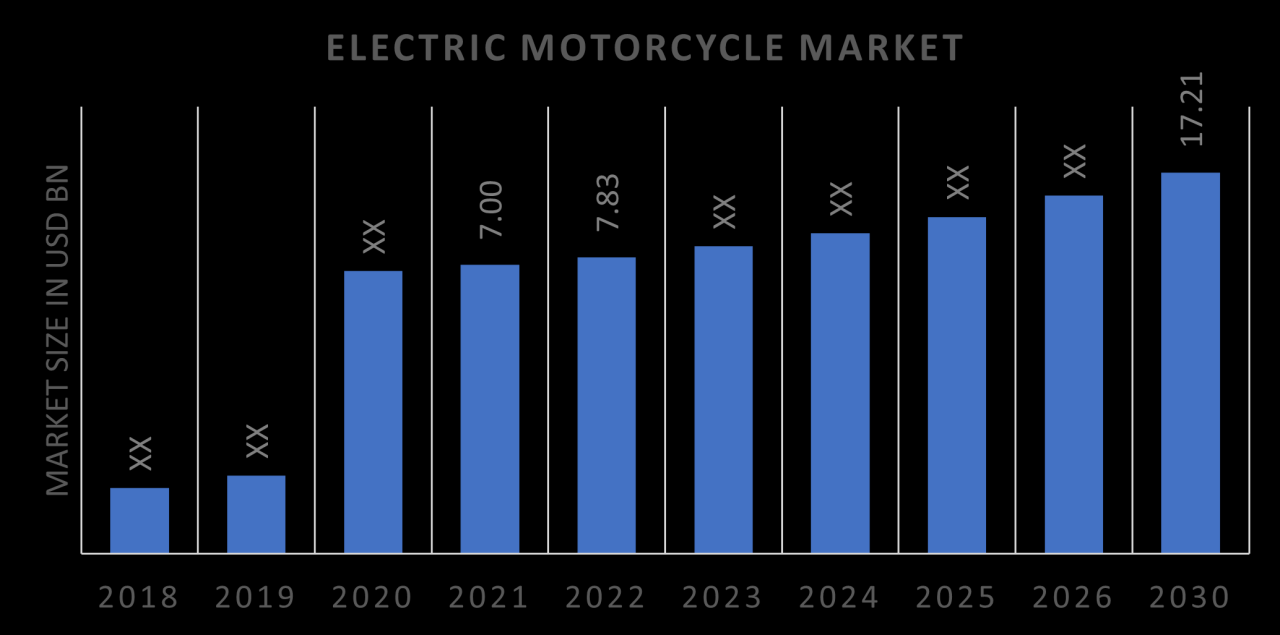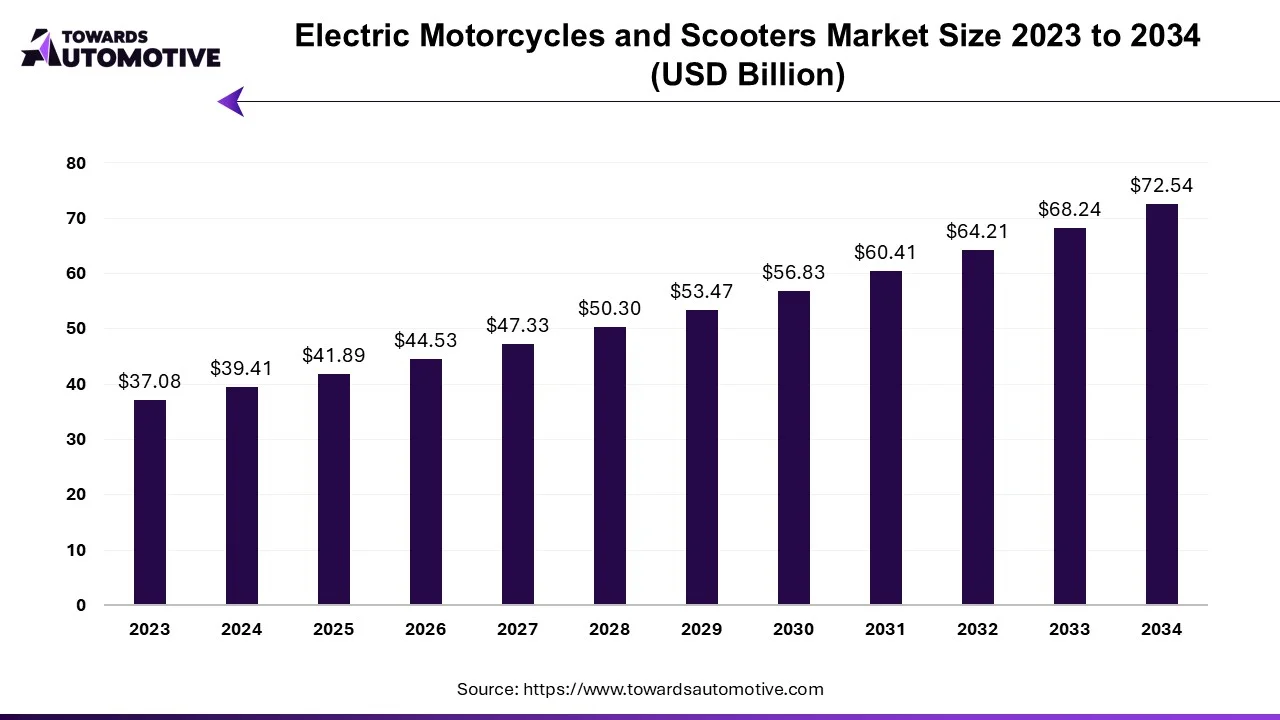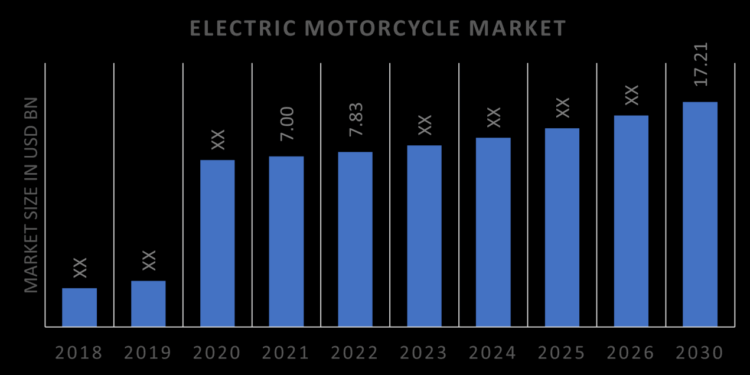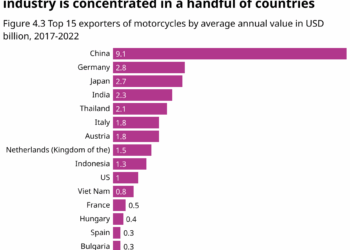The electric motorcycle market growth in the USA sets the stage for this enthralling narrative, offering readers a glimpse into a story that is rich in detail and brimming with originality from the outset.
As we delve deeper into the factors, innovations, challenges, and opportunities within this market, it becomes evident that the landscape is evolving rapidly to meet the demands of consumers and the changing world around us.
Overview of the Electric Motorcycle Market in the USA

Electric motorcycles have been gradually gaining popularity in the USA over the past few decades. Initially, electric motorcycles were seen as a niche market, but advancements in technology and increasing environmental awareness have led to a growing demand for these vehicles.
Key Players and Major Trends
In the USA, key players in the electric motorcycle market include companies like Zero Motorcycles, Harley-Davidson, and Lightning Motorcycle. These companies have been driving innovation in the industry, with a focus on improving battery technology, range, and performance. Major trends shaping the market include the shift towards sustainable transportation, government incentives for electric vehicles, and the development of charging infrastructure.
Current Market Size and Growth Projections
The electric motorcycle market in the USA is currently experiencing steady growth, with sales expected to increase in the coming years. According to research reports, the market size is projected to reach X billion dollars by 2025, driven by factors such as increasing consumer interest, government support, and technological advancements in the industry.
Factors Driving Growth in the Electric Motorcycle Market
Electric motorcycles are gaining popularity due to several factors that are driving growth in the market. One significant factor is the environmental benefits they offer compared to traditional gas-powered motorcycles.
Environmental Benefits of Electric Motorcycles
- Electric motorcycles produce zero emissions, helping to reduce air pollution and combat climate change.
- They are quieter than traditional motorcycles, reducing noise pollution in urban areas.
- Electric motorcycles do not require fossil fuels, decreasing dependence on non-renewable resources.
Government Incentives and Regulations
- Government incentives such as tax credits and rebates encourage consumers to purchase electric motorcycles, driving market growth.
- Regulations promoting clean energy and sustainability push manufacturers to invest in electric motorcycle technology.
- Supportive policies create a favorable environment for the development and adoption of electric motorcycles.
Consumer Preferences and Influence on Market Expansion
- Consumers are increasingly conscious of environmental impact, leading to a growing demand for eco-friendly transportation options like electric motorcycles.
- Advancements in battery technology have extended the range and performance of electric motorcycles, making them more attractive to consumers.
- Cost savings on fuel and maintenance over time make electric motorcycles a practical choice for budget-conscious consumers.
Technological Innovations in Electric Motorcycles

Electric motorcycles have seen significant advancements in technology in recent years, driving their popularity and market growth. One of the key areas of innovation is in battery technology, allowing for longer range and faster charging times. The integration of AI (Artificial Intelligence) and IoT (Internet of Things) has also revolutionized electric motorcycles, enhancing safety features, connectivity, and overall user experience.
Furthermore, the development of charging infrastructure plays a crucial role in the widespread adoption of electric motorcycles, providing convenient and efficient charging solutions for riders.
Advancements in Battery Technology
Electric motorcycles now feature advanced lithium-ion batteries that offer improved energy density, longer lifespan, and faster charging capabilities. These batteries allow for extended range on a single charge, making electric motorcycles a viable option for daily commuting and long-distance rides.
Additionally, advancements in battery management systems ensure optimal performance and safety, enhancing the overall efficiency of electric motorcycles.
Impact of AI and IoT Integration
The integration of AI and IoT technologies in electric motorcycles has brought about innovative features such as predictive maintenance, adaptive cruise control, and real-time data monitoring. AI algorithms analyze rider behavior and road conditions to provide customized riding experiences, while IoT connectivity enables remote diagnostics and software updates.
These technologies enhance safety, performance, and convenience for electric motorcycle users, setting new standards in the industry.
Charging Infrastructure Developments
The expansion of charging infrastructure is essential for the growth of the electric motorcycle market, addressing range anxiety and promoting widespread adoption. Fast-charging stations are being strategically deployed in urban areas, highways, and popular riding destinations, offering quick and convenient charging options for riders.
Moreover, advancements in charging technology, such as wireless charging and high-power chargers, are making electric motorcycles more practical and accessible for riders, further driving market growth.
Challenges and Opportunities in the Electric Motorcycle Market
Electric motorcycles are gaining popularity in the USA, but manufacturers face several challenges when it comes to scaling production and meeting the growing demand. At the same time, these challenges present opportunities for new market entrants and innovative business models to thrive.
Additionally, the COVID-19 pandemic has had a significant impact on the electric motorcycle market, shaping both challenges and opportunities for industry players.
Challenges Faced by Manufacturers in Scaling Production
- Supply chain disruptions: Manufacturers often rely on a global supply chain for components and parts, leading to potential delays and shortages.
- Battery technology limitations: The high cost and limited availability of advanced batteries can hinder mass production and affordability.
- Regulatory hurdles: Compliance with safety and environmental regulations can add complexity and costs to production processes.
- Charging infrastructure: The lack of widespread charging stations can deter potential buyers from adopting electric motorcycles.
Opportunities for New Market Entrants and Innovative Business Models
- Customization and personalization: Offering unique features and customization options can attract a niche market segment.
- Ride-sharing and subscription services: Introducing innovative ownership models like ride-sharing or subscription services can cater to changing consumer preferences.
- Integration with smart technology: Incorporating smart features and connectivity can enhance the overall riding experience and appeal to tech-savvy consumers.
- Collaborations and partnerships: Forming strategic partnerships with other industries can open up new avenues for growth and market expansion.
Impact of the COVID-19 Pandemic on the Electric Motorcycle Market
- Shift towards sustainable mobility: The pandemic has accelerated the shift towards sustainable transportation options, including electric motorcycles.
- Supply chain disruptions: Factory closures and logistical challenges have impacted production and distribution of electric motorcycles.
- Consumer behavior changes: Changing consumer preferences and priorities post-pandemic can influence the demand for electric motorcycles in the market.
- Government incentives and policies: Stimulus packages and incentives to promote clean energy solutions can drive growth in the electric motorcycle market.
Market Segmentation and Consumer Demographics
Electric motorcycles are segmented based on various types available in the market to cater to different consumer preferences and needs. Analyzing consumer demographics helps understand the target audience driving the demand for electric motorcycles, while also considering the influence of urbanization on market growth and product design.
Types of Electric Motorcycles
- Electric Scooters: Compact and efficient for short commutes in urban areas.
- Electric Motorcycles: Larger, more powerful bikes suitable for longer distances.
- Electric Dirt Bikes: Off-road electric motorcycles for adventurous riders.
- Electric Mopeds: Lightweight and easy-to-operate electric bikes for casual riders.
Consumer Demographics
- The younger generation, particularly Millennials and Gen Z, are more inclined towards eco-friendly transportation options.
- Urban dwellers looking for convenient and cost-effective transportation solutions in congested city environments.
- Environmentally conscious consumers seeking sustainable alternatives to traditional gas-powered vehicles.
- Tech-savvy individuals attracted to the advanced features and connectivity options offered by electric motorcycles.
Influence of Urbanization on Market Growth and Product Design
Urbanization plays a significant role in the increasing demand for electric motorcycles. With more people living in cities and facing issues like traffic congestion and pollution, there is a growing need for efficient and environmentally friendly modes of transportation. This trend has influenced manufacturers to design electric motorcycles with features tailored to urban commuting, such as lightweight frames, agile maneuverability, and fast-charging capabilities.
Last Word

In conclusion, the electric motorcycle market growth in the USA presents a dynamic landscape filled with promise and potential. As technology advances and consumer preferences shift, the future of electric motorcycles in the USA looks bright and exciting.
Essential Questionnaire
What are the environmental benefits of electric motorcycles?
Electric motorcycles produce zero emissions, reducing air pollution and contributing to a cleaner environment.
How do government incentives impact the growth of the electric motorcycle market in the USA?
Government incentives such as tax credits and rebates encourage consumers to adopt electric motorcycles, driving market growth.
What advancements have been made in battery technology for electric motorcycles?
Battery technology has improved to offer longer range, faster charging times, and increased durability for electric motorcycles.
What challenges do manufacturers face in scaling production of electric motorcycles?
Manufacturers encounter challenges in sourcing components, establishing efficient production lines, and meeting consumer demand for electric motorcycles.
How does urbanization influence the growth and design of electric motorcycles?
Urbanization leads to increased demand for compact, agile electric motorcycles designed for city commuting and navigating congested areas.











